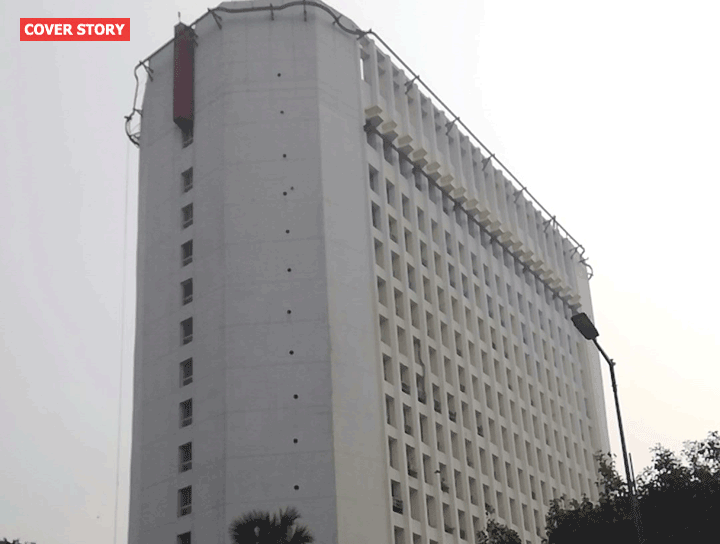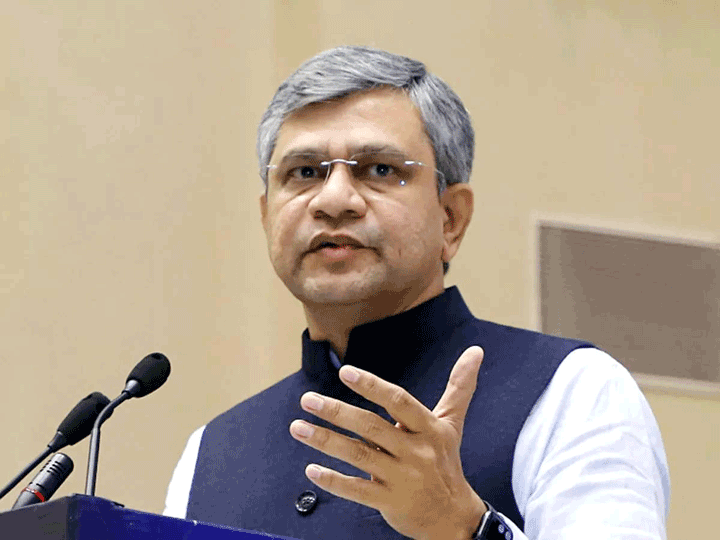Infrastructure unbundling to reduce capex, opex for telcos: Trai chief
The Telecom Regulatory Authority of India (Trai) believes that increasing the scope of infrastructure providers, is aimed at infrastructure from services which would reduce capital and operational outlay of stressed telos, and would eventually lead to ease of doing business.
“Services and infrastructure will be unbundled, and it would ultimately become infrastructure as a service (IaaS) for telecom carriers, and they can easily share networks and reduce capital (capex) and operational expenditure (opex),” Trai chairman Ram Sewak Sharma told ETT.
Industry estimates suggest a savings upto 40% on capital expense by telecom service providers, following the regulator’s move.
In August this year, the sector regulator has come out with a consultation paper aimed at reviewing the scope of infrastructure providers, or IP-I entities, which provide towers on rent or sale to licensed telcos, and other assets such as dark fibre and duct space. Currently, these companies are not allowed to own and share active infrastructure but can only deploy it on behalf of telcos. But Trai is exploring whether they can, going forward, offer active infrastructure such as common antenna, feeder cable, radio access network (RAN), and transmission systems.
The watchdog’s new consultation is, however, in line with the recently-unveiled a national policy that envisages enhancing the scope of telecom infrastructure companies with a view to promote and incentivise the deployment of common shareable passive as well as active infrastructure.
Sharma said that the regulator wanted to further promote infrastructure sharing so that the cost could be lowered as service providers already outsource network maintenance.
“This (scope enhancement) will make sharing of infrastructure and other resources easier, and would ultimately lead to ease of doing business,” the top official added.
Delhi-based Tower and Infrastructure Providers Association (Taipa) that represents telecom infrastructure firms in the country, said that the regulator’s move was much needed, and active and passive infrastructure sharing would bring multiple benefits to the financially-stressed industry.
Sectoral debt has presently mounted to more than Rs 7 lakh, and has lately reduced to a three private-player market following the billionaire Mukesh Ambani-owned newcomer Reliance Jio’s disruptive foray in 2016.
“The move if allowed will reduce capital and operational expenditure, allow faster time to roll out services, provide energy efficiencies and reduces entry barriers,” Taipa director general Tilak Raj Dua said.
The regulator has said that the definition of infrastructure is based upon enumeration about active and passive elements which on a larger perspective becomes less relevant while only services and infrastructure remain critical segments in today’s age of convergence.
The Department of Telecommunications (DoT) has recently sent out various references to the regulator, seeking its recommendations, to set the National Digital Communications Policy (NDCP) 2018 into action.
“Telecom department has sent a number of references, including augmentation of fiberisation in the country essentially with a view of making policy goals operational,” Sharma said and added that the regulator would soon come out with the consultation process on each of them.











